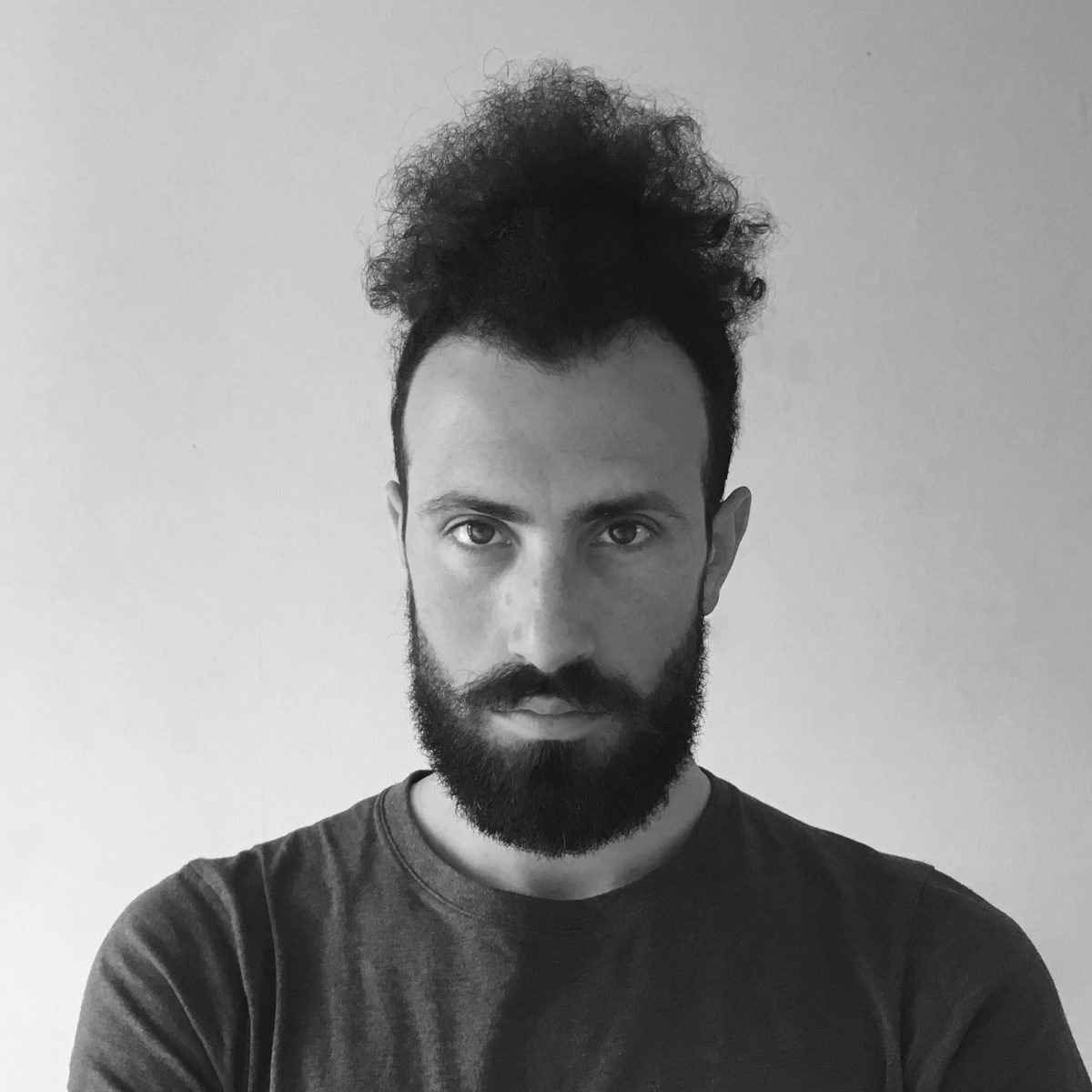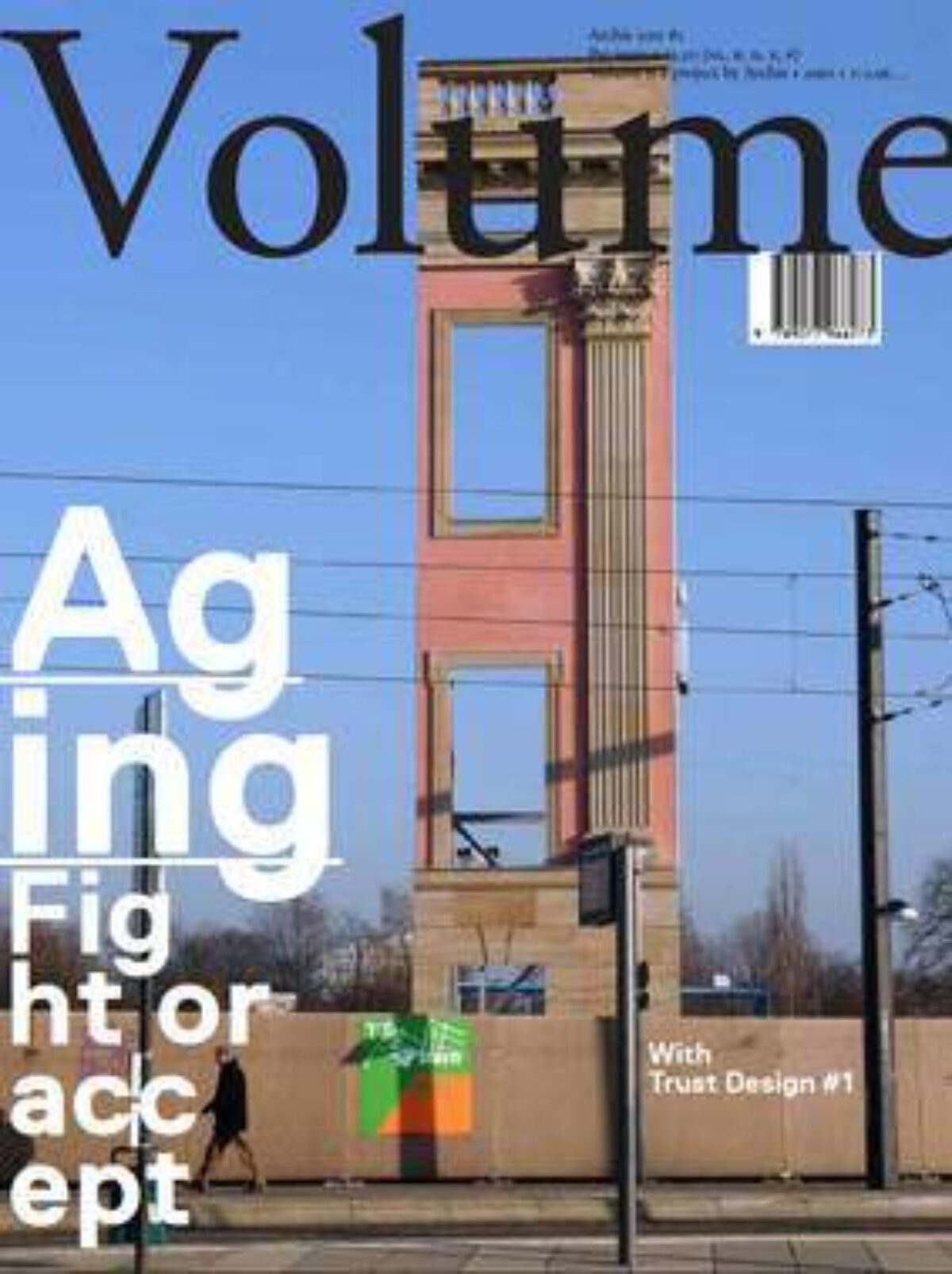"Vacant NL explores the potential of thousands of vacant buildings in the Netherlands dating from the 17th to the 21st century. This challenge calls for unorthodox and temporary interventions, which a team of designers and specialists in legislation, science, and technology will envision and test on location."
During the 2010 Architecture Biennale in Venice, it became clear that thousands of inspiring, vacant public buildings in the Netherlands have the potential to be reused for creative entrepreneurship and innovation. With the two-year master’s program Vacant NL, the Sandberg Institute is realizing its ambition to train designers, craftsmen and scientists to become specialists in the temporary use of buildings and other spaces.
Directed by landscape architect Ronald Rietveld and philosopher Erik Rietveld, the program revolves around design research on the potential of vacant spaces. Insights and solutions from different fields of knowledge are combined to address the topic in an integrated manner. Several unique buildings are available for experimentation and for making site-specific design interventions. Without doubt, what the Netherlands needs in the current decade is a multidisciplinary team of talented specialists in temporary reuse of buildings and other spaces. The challenge posed by Vacant NL calls for a range of visionary, unorthodox and unsolicited interventions. Design and build the impossible!
Vacant NL is open for ten students, all of whom will be expected to have a solid basis in a relevant discipline at the start of the two-year program. Seven of the students will have a background in design in the broadest sense of the word. This could be in architecture, industrial design, interior architecture, web architecture, or stage design. The other three students will be resourceful specialists from other fields. They could be creative lawyers, fire fighters, documentary makers, urban geographers, cultural historians, research journalists, plasterers, event planners, or aerospace experts, for example. Their expert knowledge of their respective fields will enable them to contribute to surprising, unconventional design solutions. The variety in the students’ backgrounds and the contributions that specific experts from outside the field of design will make to the program will enable the integration of multidisciplinary knowledge. Vacant NL believes that by combining design, science, and technology in real-life situations, one can make the step towards real innovation.
Click here for more information regarding the program.


